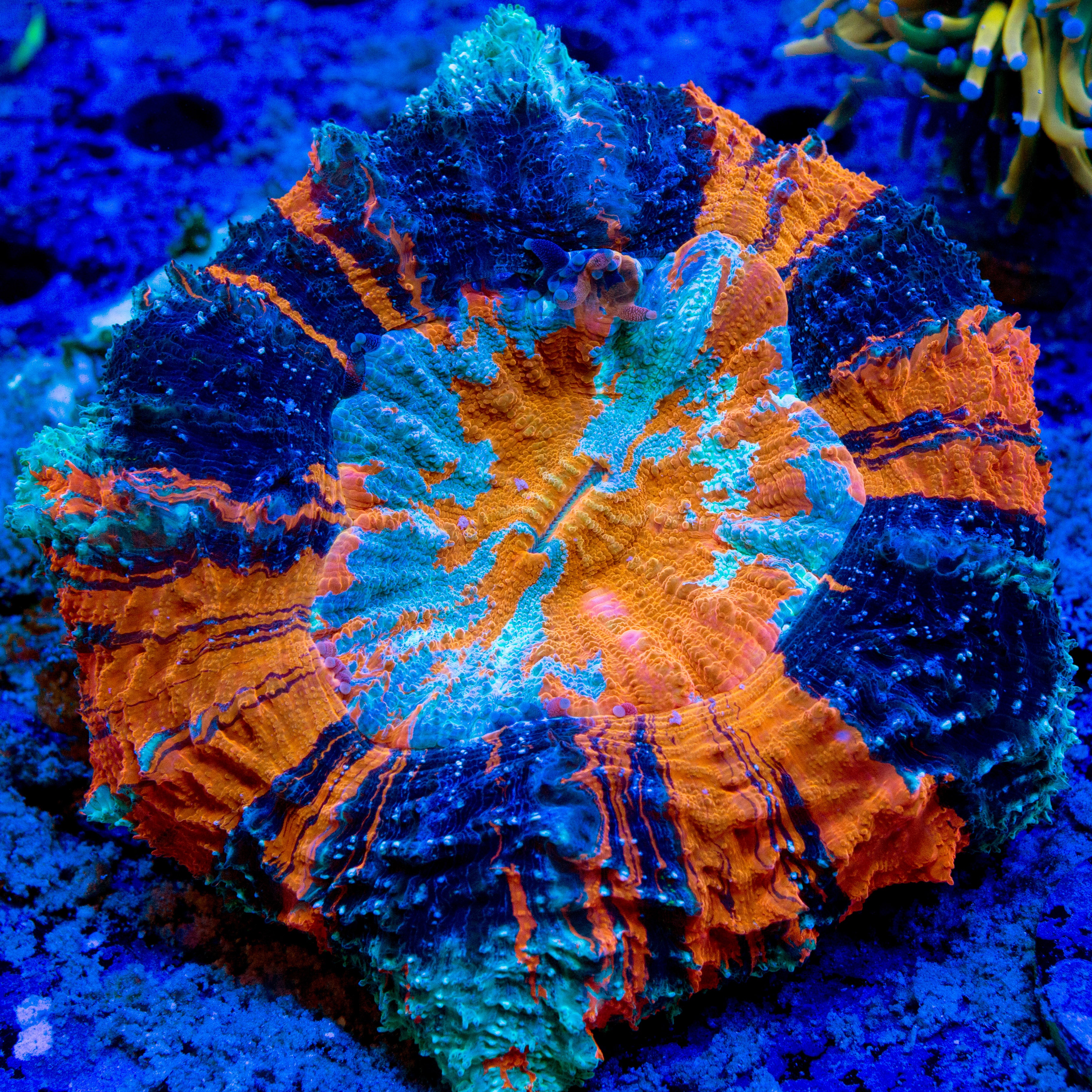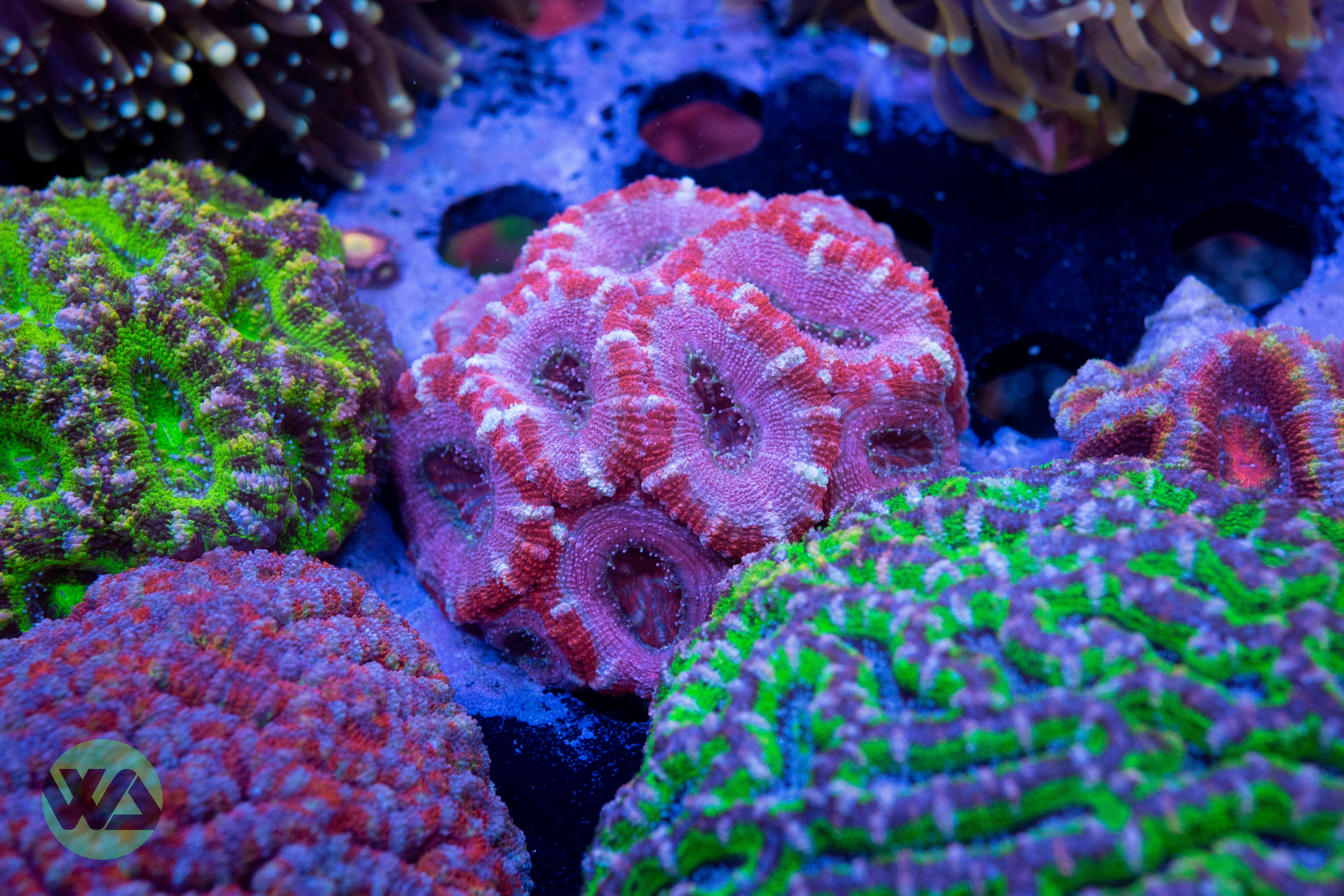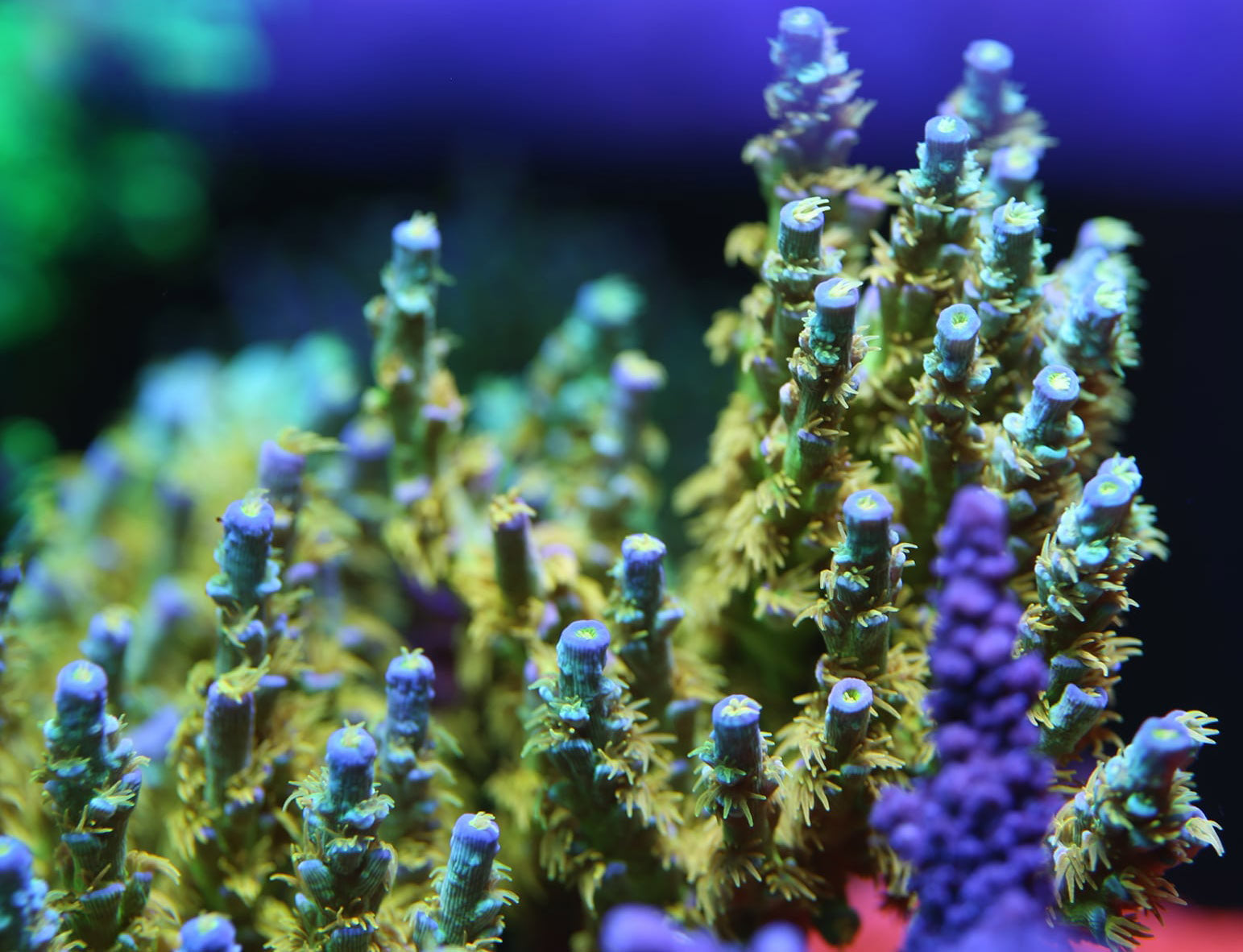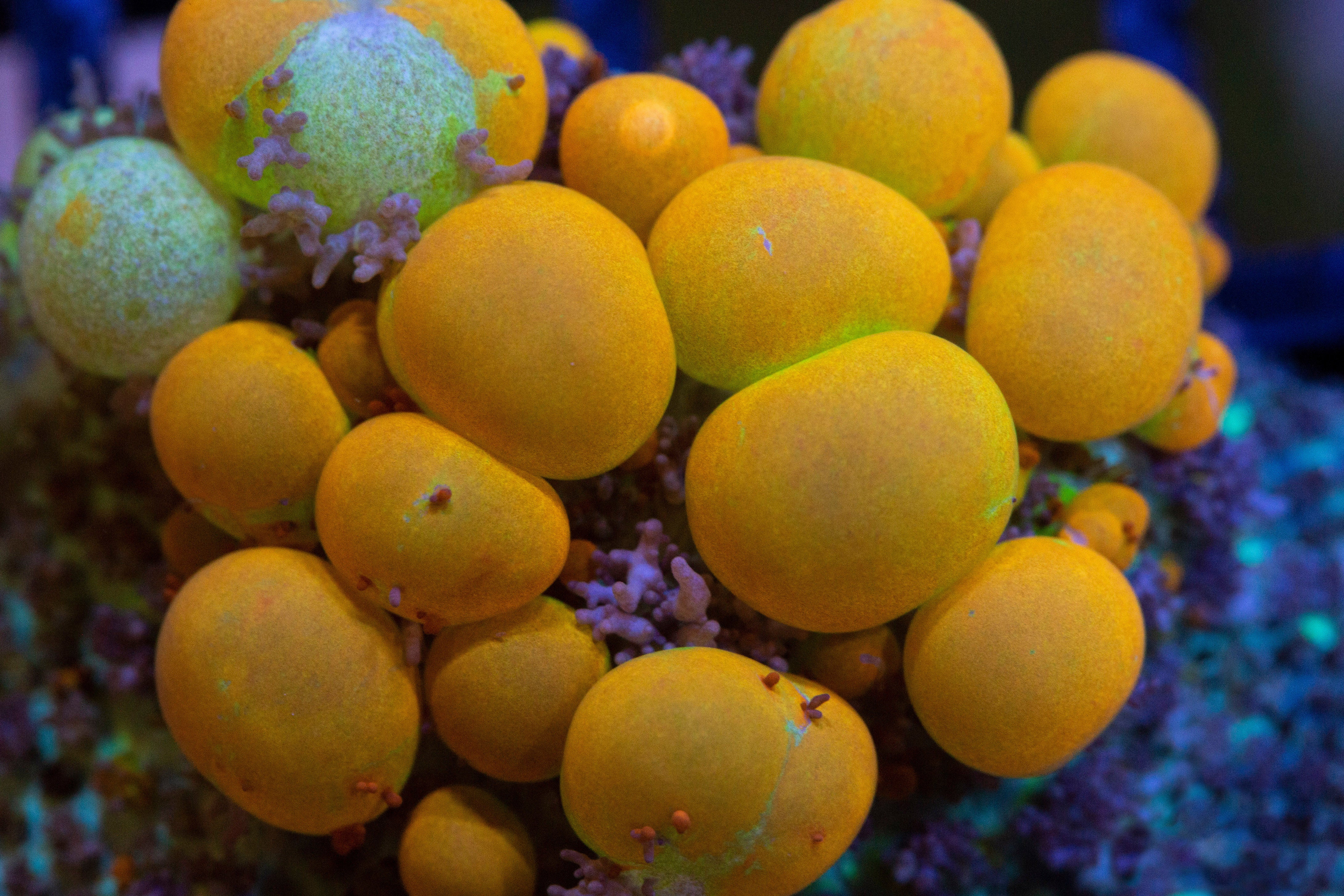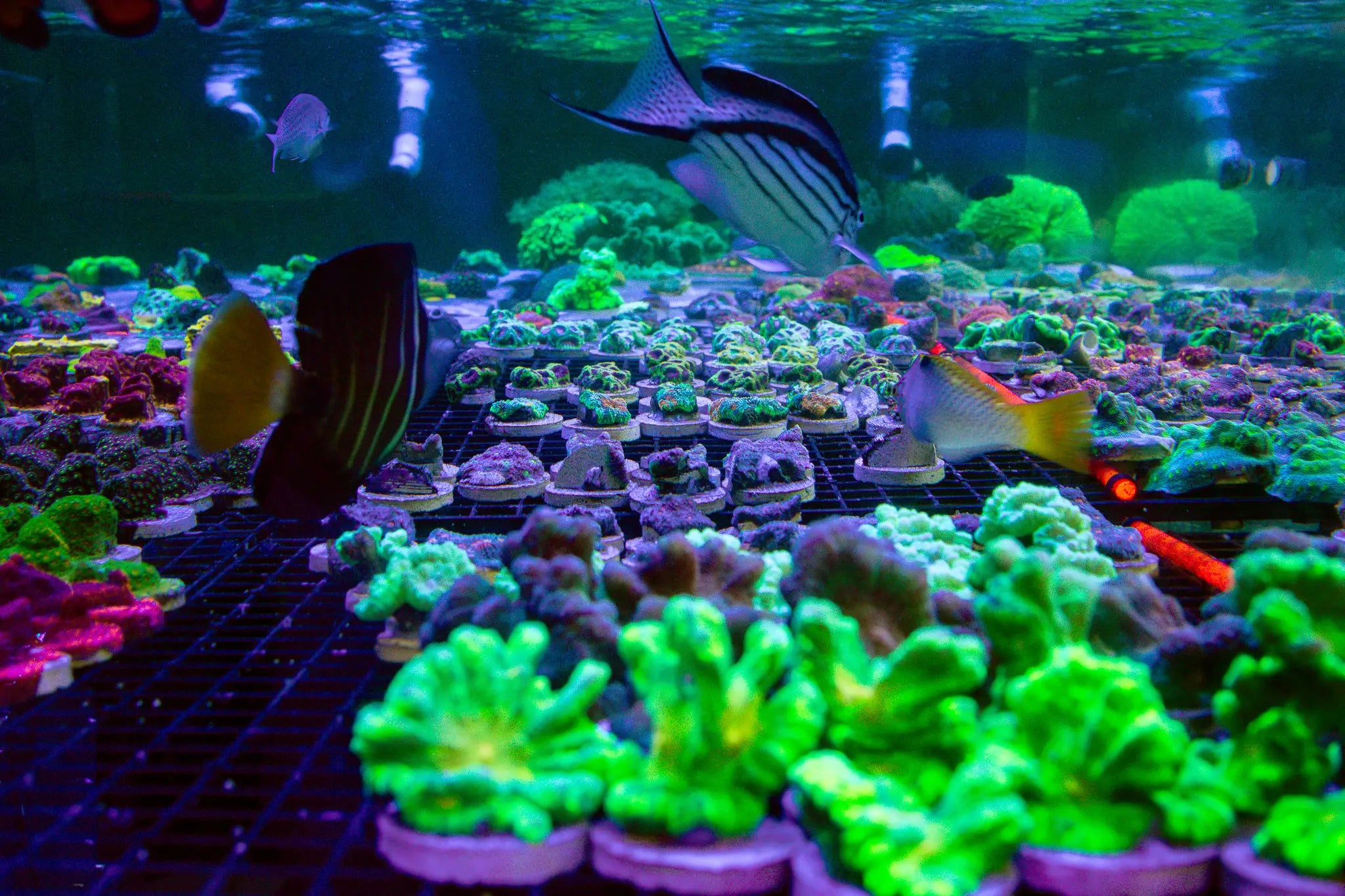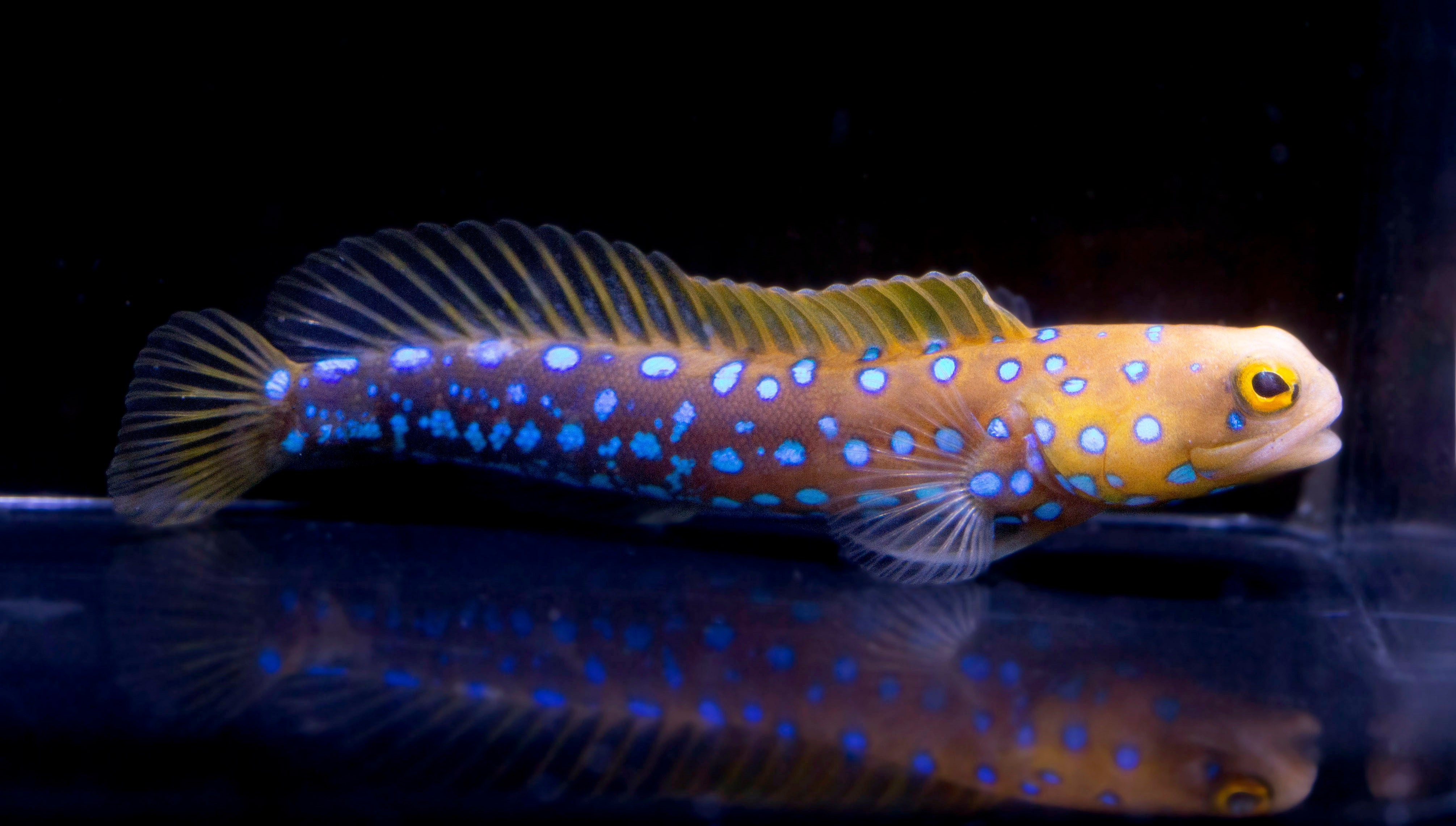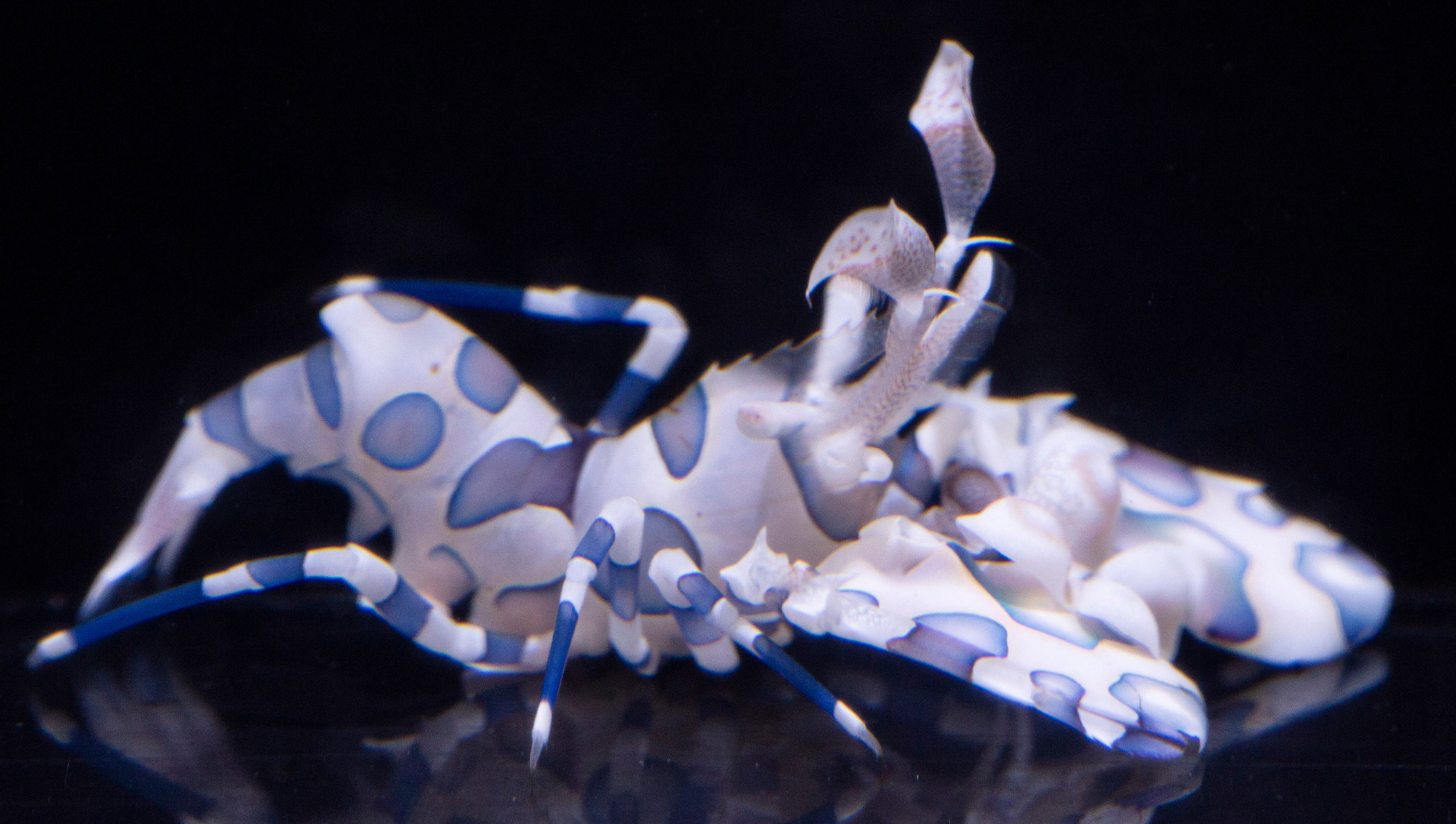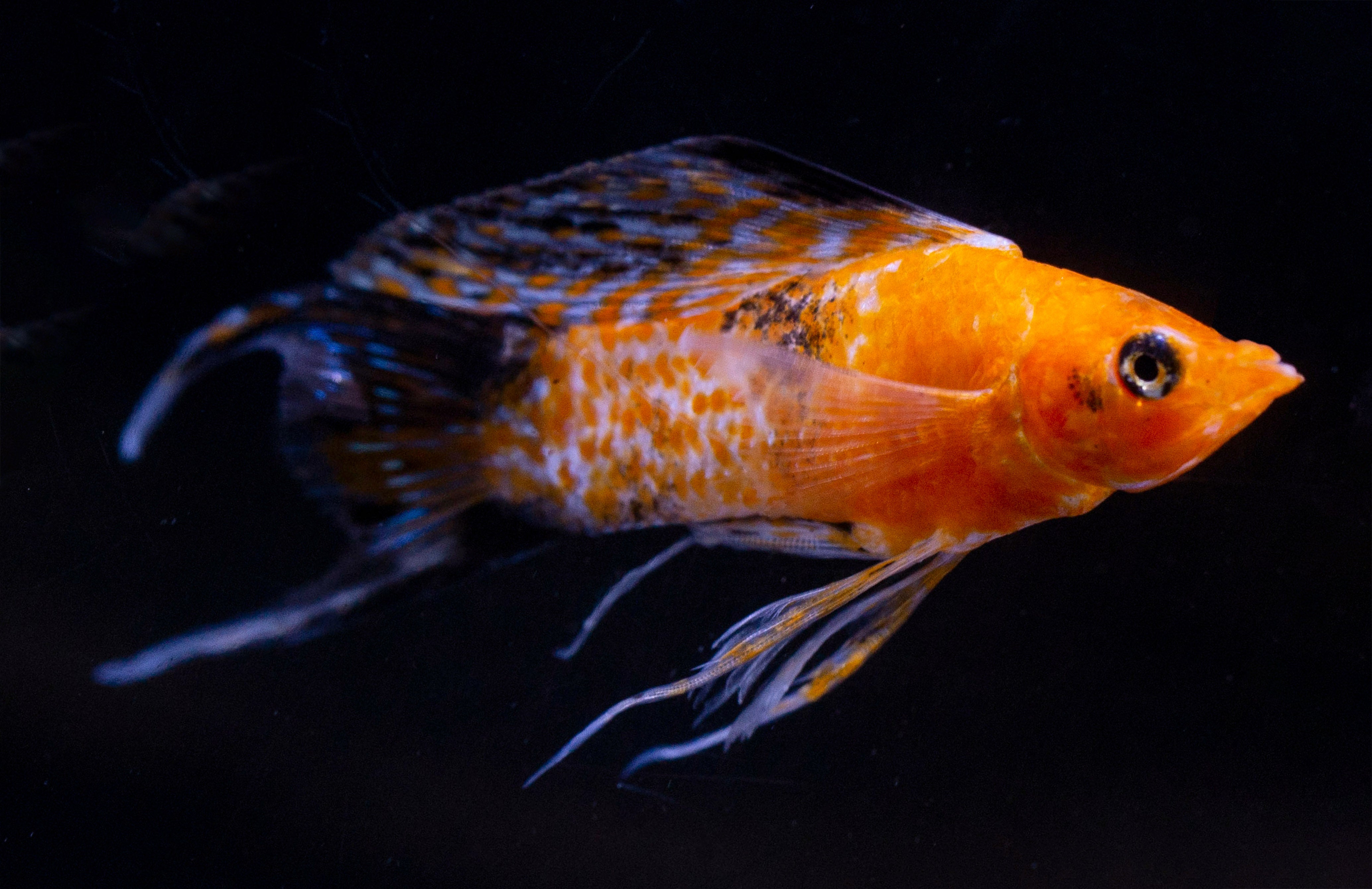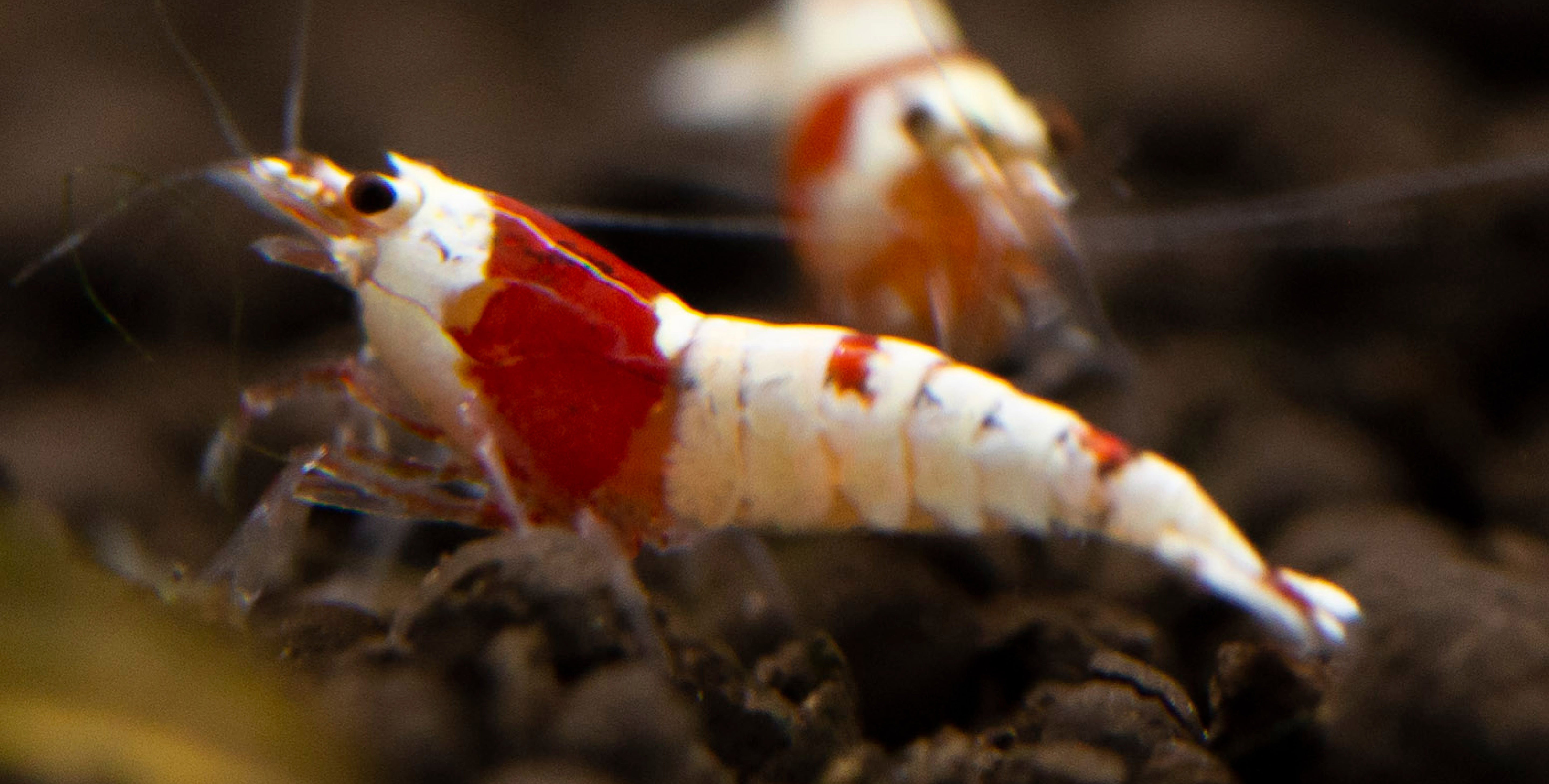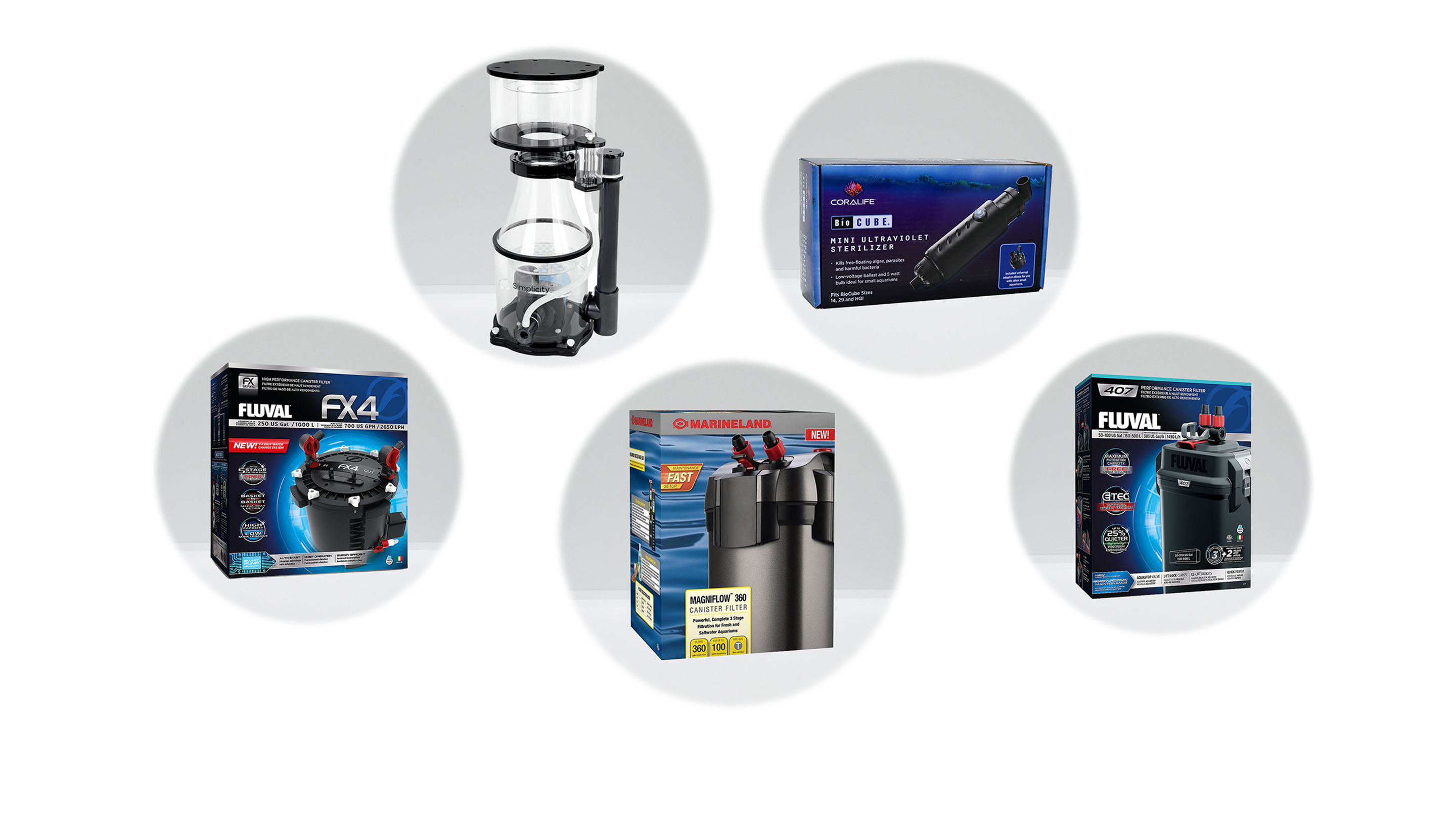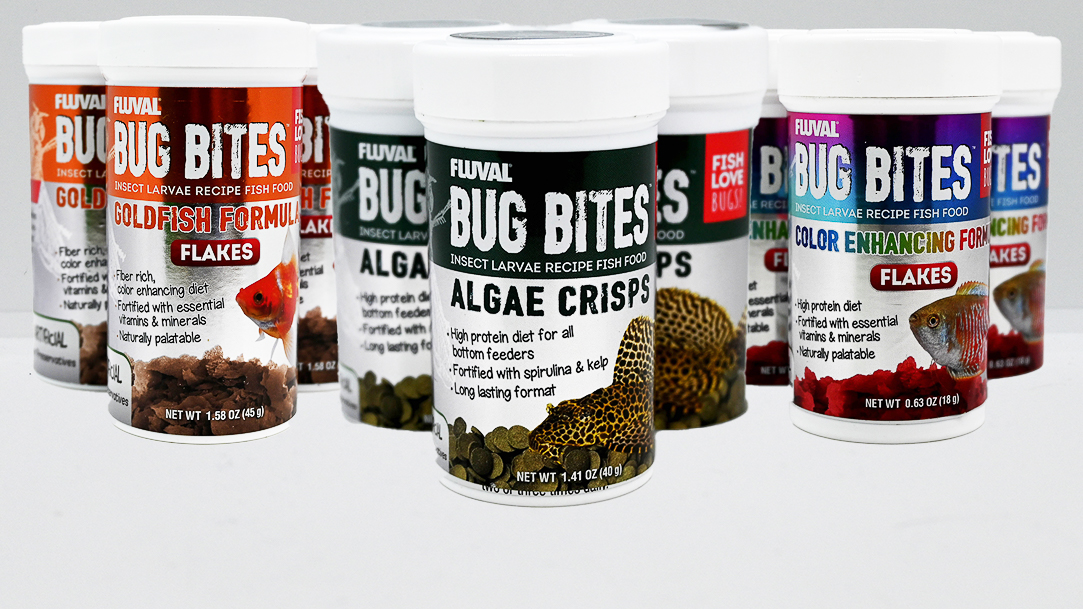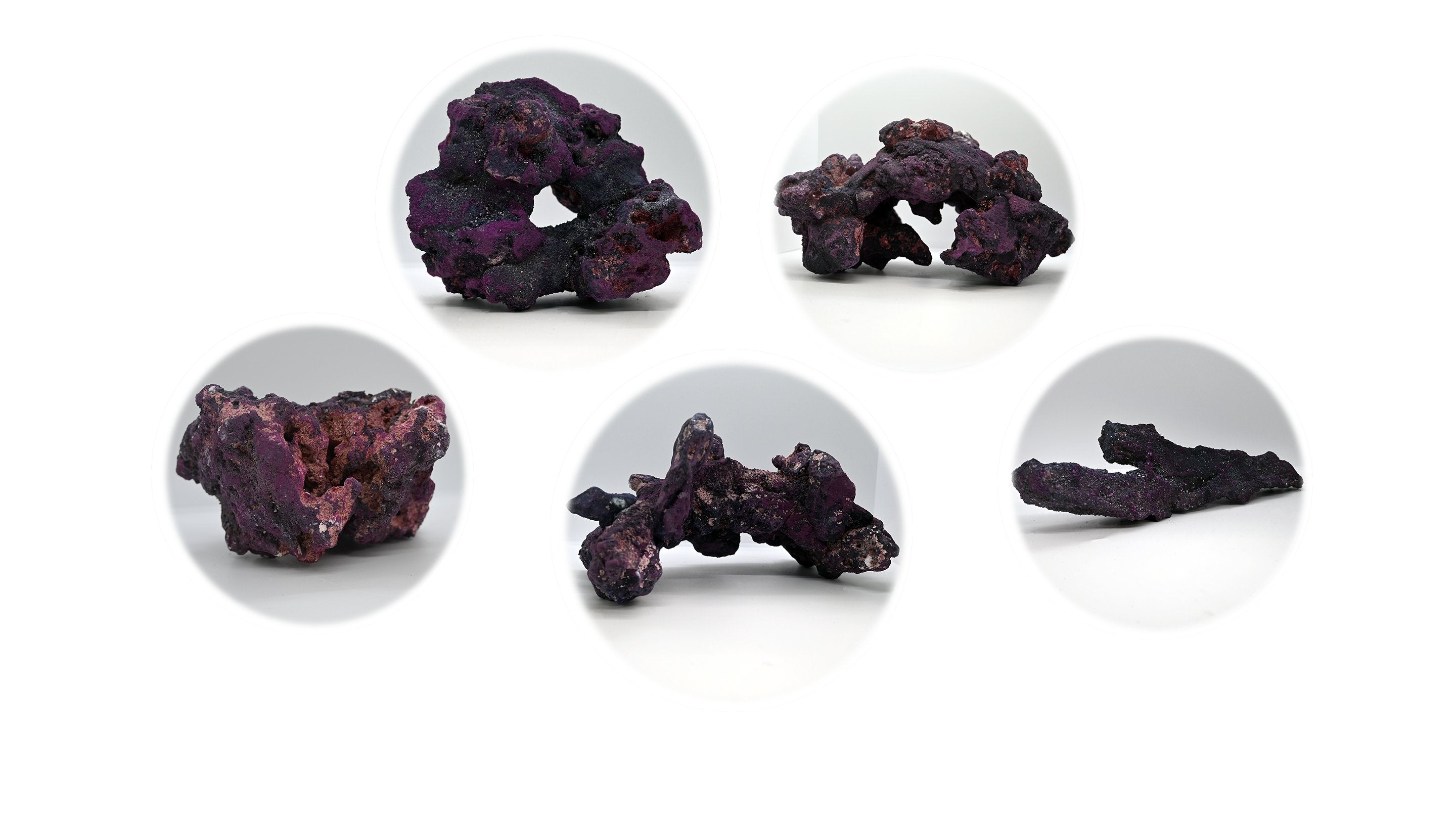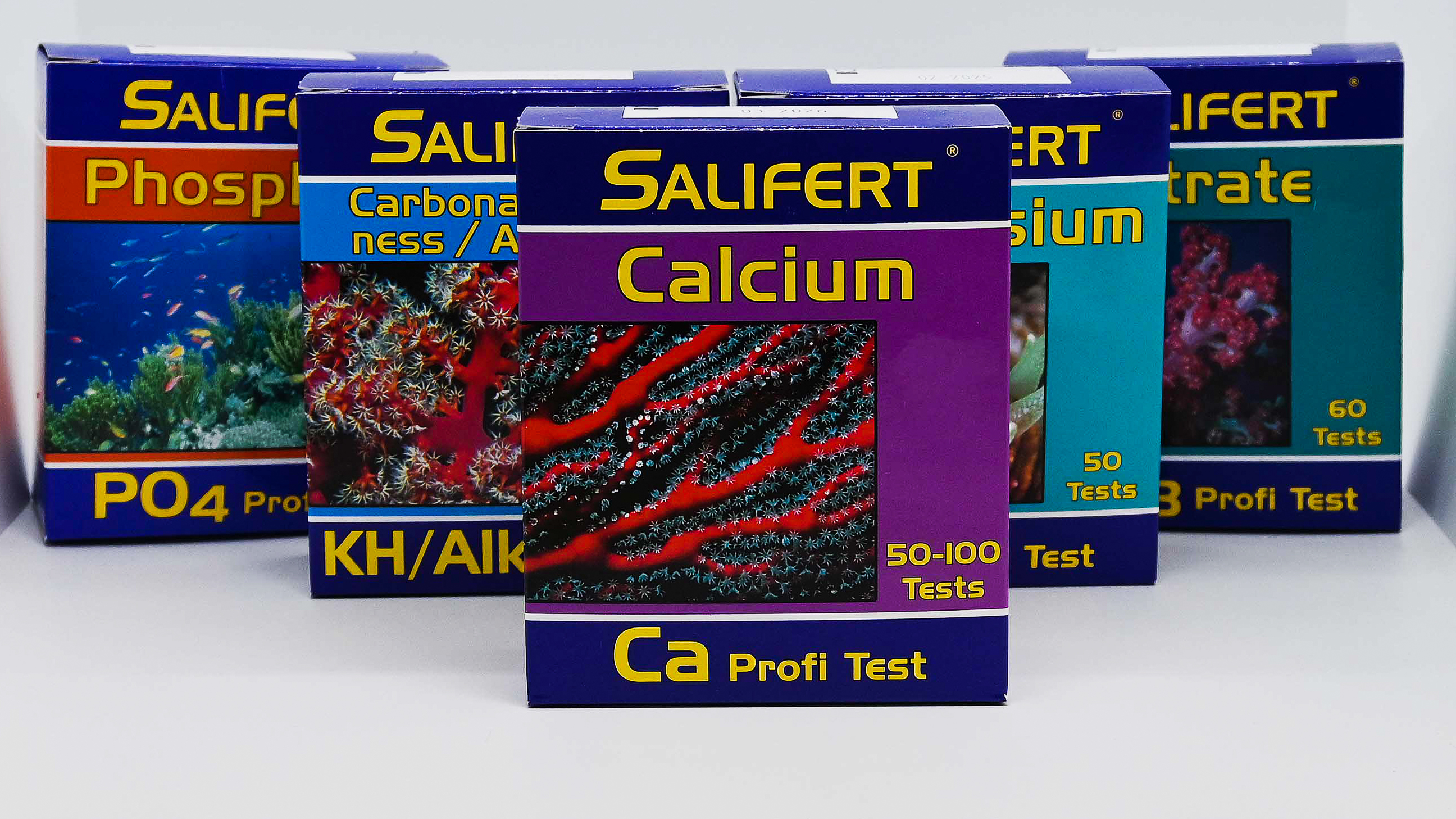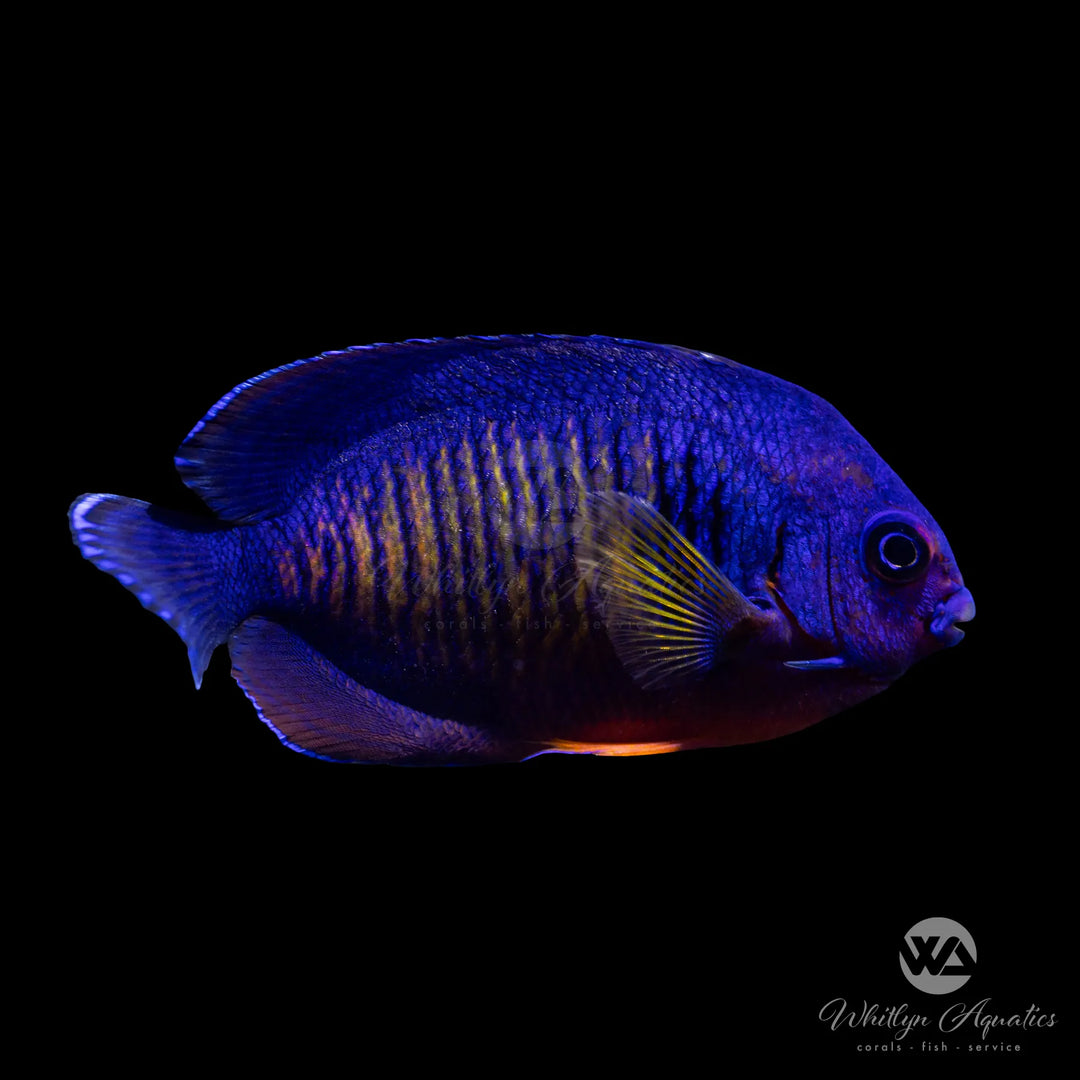
Coral Beauty Angel - Centropyge bispinosa
- Low stock - 1 item left
- Backordered, shipping soon
The Coral Beauty Angel is a stunning dwarf angelfish known for its vibrant coloration and hardy nature. This species is a favorite among marine aquarists due to its adaptability and eye-catching appearance.
Description:
• Common Name: Coral Beauty Angel
• Scientific Name: Centropyge bispinosa
• Family: Pomacanthidae
• Size: Up to 4 inches (10 cm)
• Coloration: A mix of deep blue and orange hues, with varying patterns that make each fish unique.
Native Region:
The Coral Beauty Angel is found throughout the Indo-Pacific region, particularly in coral-rich areas of reefs from the Red Sea to the central Pacific.
Aquarium Setup:
• Tank Size: Minimum 55 gallons to provide ample swimming space and territory.
• Rockwork: Plenty of live rock for grazing and hiding places is essential for their well-being.
• Aquascape: Open swimming areas with caves and crevices to mimic their natural reef environment.
Water Parameters:
• Temperature: 74-82°F (23-28°C)
• pH: 8.1-8.4
• Salinity: 1.023-1.025 specific gravity
• Hardness: 8-12 dKH
Care Level:
• Difficulty: Moderate; hardy but requires a stable and mature aquarium.
• Diet: Omnivorous; feeds on algae, frozen or live foods, and high-quality marine pellets or flakes.
• Behavior: Semi-aggressive; can show territorial behavior, especially in smaller tanks or when housed with other dwarf angelfish.
Reef Compatibility:
• Caution Advised: The Coral Beauty Angel is generally considered reef-safe with caution. It may occasionally nip at soft corals or clam mantles, though this behavior varies between individuals.
Tank Mates:
• Suitable Companions: Best kept with other semi-aggressive fish or peaceful tank mates that can coexist without being bullied.
• Avoid: Other angelfish of similar size unless the tank is very large.
Additional Tips:
• Feeding Routine: Provide a varied diet that includes marine algae, spirulina, and occasional meaty foods to maintain vibrant coloration and health.
• Acclimation: Ensure a slow and careful acclimation process to prevent stress and acclimate the fish to its new environment.


